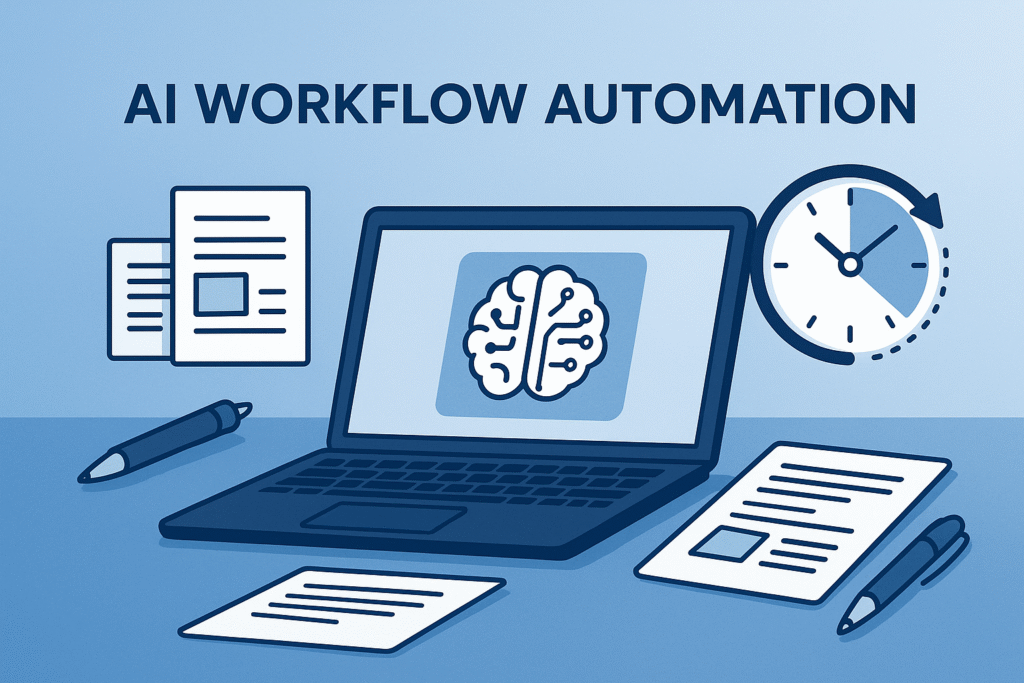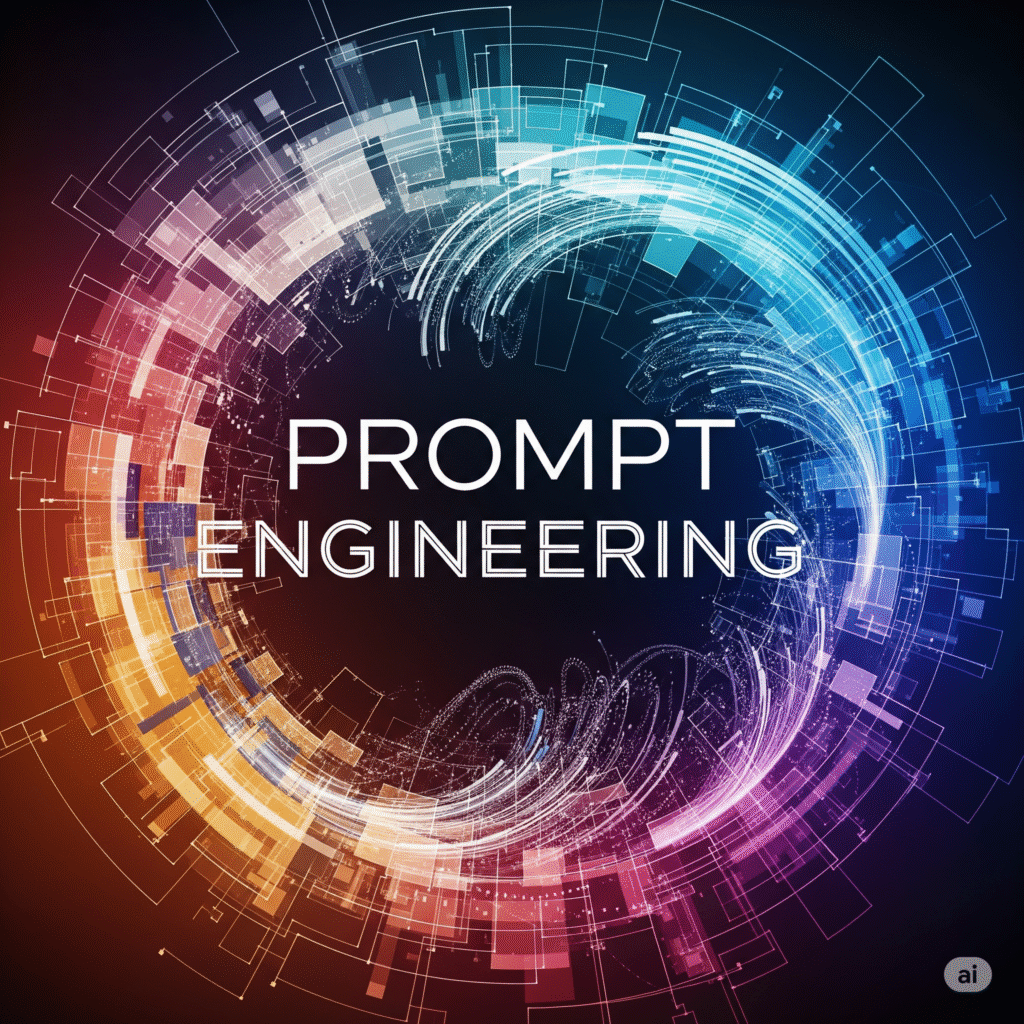Transform your blogging process with a complete AI-powered workflow that cuts content creation time by 70% while maintaining quality and SEO optimization.
Introduction: The AI Content Creation Revolution
The traditional blogging workflow is broken. Most bloggers spend 6-8 hours creating a single 2000-word blog post, from research to publication. But what if you could reduce that time to just 30 minutes while actually improving quality and SEO performance?
With the right AI Content Creation, this isn’t just possible—it’s become the new standard for smart bloggers who want to scale their content creation without sacrificing quality. In this comprehensive guide, I’ll walk you through the exact 30-minute system I use to create high-performing blog posts that rank on Google and engage readers.

The Traditional vs AI Content Creation Approach
Traditional Workflow Problems:
- Research Phase: 2-3 hours of manual keyword research and topic investigation
- Outline Creation: 45-60 minutes of structure planning
- Content Writing: 3-4 hours of actual writing
- SEO Optimization: 30-45 minutes of keyword placement and meta optimization
- Editing & Proofreading: 45-60 minutes of manual review
- Image Creation: 30-45 minutes finding or creating visuals
Total Time: 6-8 hours per post
AI Content Creation Workflow Benefits:
- Research Phase: 5 minutes with AI keyword tools
- Outline Creation: 3 minutes with AI structuring
- Content Writing: 15 minutes with AI assistance
- SEO Optimization: 3 minutes with automated tools
- Editing & Polish: 3 minutes with AI editing
- Image Creation: 1 minute with AI generators
Total Time: 30 minutes per post
The Complete 30-Minute AI Workflow
Phase 1: Lightning-Fast Research (5 Minutes)
Tools Needed: ChatGPT Plus, Semrush/Ahrefs, Answer The Public
Step 1: Keyword Discovery (2 minutes)
ChatGPT Prompt: "I'm writing a blog post about [your topic]. Generate 10 long-tail keywords with commercial intent that have low competition. Include search volume estimates and user intent for each."Step 2: Competitor Gap Analysis (2 minutes)
ChatGPT Prompt: "Analyze the top 5 ranking articles for '[your main keyword]'. What key points are they missing that I could cover to create more comprehensive content?"Step 3: User Intent Research (1 minute)
ChatGPT Prompt: "What are the top 5 questions people ask about [your topic] that aren't being answered well by current content?"Phase 2: AI Content Creation Outline Creation (3 Minutes)
Step 1: Structure Generation (2 minutes)
ChatGPT Prompt: "Create a detailed blog post outline for '[your title]' targeting the keyword '[primary keyword]'. Include:
- 8-10 main headings (H2)
- 2-3 subheadings under each H2 (H3)
- Key points to cover in each section
- Suggested word count for each section
- Call-to-action placement recommendations"Step 2: SEO Optimization Planning (1 minute)
ChatGPT Prompt: "For the outline above, suggest where to naturally place these keywords: [list your 5-7 target keywords]. Also recommend internal linking opportunities."Phase 3: Rapid Content Creation (15 Minutes)
Step 1: Introduction Writing (3 minutes)
ChatGPT Prompt: "Write a compelling introduction for my blog post about '[topic]'. Include:
- A hook that addresses the main pain point
- Statistics or surprising facts
- Clear promise of what readers will learn
- Target length: 200-250 words
- Primary keyword: [your keyword]"Step 2: Main Content Sections (10 minutes)
For each main section, use this prompt structure:
ChatGPT Prompt: "Write a detailed section for '[H2 heading]' covering:
- [Key point 1]
- [Key point 2]
- [Key point 3]
Include practical examples, actionable tips, and naturally integrate the keyword '[section keyword]'. Target length: 300-400 words."Step 3: Conclusion and CTA (2 minutes)
ChatGPT Prompt: "Write a strong conclusion for my blog post about '[topic]' that:
- Summarizes the key takeaways
- Includes a clear call-to-action
- Encourages engagement (comments/shares)
- Target length: 150-200 words"Phase 4: SEO Optimization (3 Minutes)
Step 1: Meta Elements (1 minute)
ChatGPT Prompt: "Create SEO-optimized meta elements for my blog post:
- Title tag (55-60 characters) including '[primary keyword]'
- Meta description (150-160 characters) with compelling call-to-action
- URL slug (50 characters max)"Step 2: Header Optimization (1 minute)
ChatGPT Prompt: "Review my blog post headings and optimize them for SEO:
[Paste your current headings]
Ensure they include target keywords naturally and follow proper H1-H6 hierarchy."Step 3: Internal Linking Strategy (1 minute)
ChatGPT Prompt: "Suggest 5-7 internal linking opportunities for my blog post about '[topic]'. Include anchor text suggestions and explain the relevance of each link."Phase 5: AI-Powered Editing (3 Minutes)
Step 1: Content Enhancement (2 minutes)
ChatGPT Prompt: "Review this blog post and improve:
- Readability (aim for 8th-grade level)
- Sentence variety and flow
- Transition between sections
- Clarity of explanations
[Paste your content]"Step 2: Final Polish (1 minute)
ChatGPT Prompt: "Proofread this content for:
- Grammar and spelling errors
- Consistency in tone and style
- Keyword density (2-3% for primary keyword)
- Call-to-action effectiveness
[Paste final content]"Phase 6: Visual Content Creation (1 Minute)
Tools: DALL-E, Midjourney, or Stable Diffusion
Featured Image Prompt:
"Create a professional blog header image for '[your topic]'. Style: modern, clean, tech-focused. Include visual elements representing [key concepts]. Dimensions: 1200x630px."In-Post Images:
Use AI to generate 2-3 supporting images that illustrate key concepts or break up text sections.
Advanced Workflow Optimizations
Batch Processing Strategy
Instead of creating one post at a time, use this workflow to create multiple posts simultaneously:
- Batch Research: Generate 10 topics and keywords in one session
- Batch Outlining: Create outlines for 5 posts using the same AI conversation
- Batch Writing: Write all introductions, then all main sections, then all conclusions
- Batch Optimization: Handle SEO for all posts in one focused session
Quality Control Checkpoints
Before Publishing, Verify:
- [ ] Primary keyword appears in title, first paragraph, and conclusion
- [ ] Content includes original insights or data
- [ ] All claims are accurate and verifiable
- [ ] Internal and external links work properly
- [ ] Images have proper alt text
- [ ] Meta description compels clicks
Scaling Your Workflow
Week 1-2: Master the 30-minute process for 1 post
Week 3-4: Scale to 2 posts using the same timeframe
Month 2: Batch-process 5 posts in 2.5 hours
Month 3: Train team members or VAs on your system
Common Pitfalls and Solutions
Pitfall 1: Over-Relying on AI
Solution: Always add personal insights, experiences, and unique data to differentiate your content.
Pitfall 2: Ignoring Fact-Checking
Solution: Verify all statistics and claims, especially in rapidly changing fields like AI and technology.
Pitfall 3: Generic Content
Solution: Include specific examples, case studies, or screenshots that only you can provide.
Pitfall 4: Keyword Stuffing
Solution: Focus on natural language and user value rather than keyword density.
Tools and Resources
Essential AI Tools:
- ChatGPT Plus ($20/month): Content creation and optimization
- Claude Pro ($20/month): Alternative for complex research tasks
- Jasper ($49/month): Specialized marketing copy
- Grammarly ($12/month): Grammar and style checking
SEO Tools:
- Semrush ($119/month): Keyword research and competitor analysis
- Rank Math (Free): WordPress SEO optimization
- Ahrefs ($99/month): Advanced keyword and backlink research
Image Creation:
- DALL-E ($20/month): Versatile image generation
- Midjourney ($10/month): Artistic and conceptual images
- Canva AI ($15/month): Template-based designs
Measuring Success
Key Performance Indicators:
- AI Content Creation Speed: Target 30 minutes per 2000-word post
- Organic Traffic Growth: 20% month-over-month increase
- Keyword Rankings: 50+ keywords in top 10 within 3 months
- Engagement Metrics: 3+ minute average time on page
- Conversion Rates: 2-5% email signup rate from blog traffic
Weekly Tracking:
- Time spent per post
- Number of posts published
- Keyword rankings for new content
- Traffic attribution to new posts
- Engagement metrics and feedback
Advanced Strategies for Experienced Users
Multi-Language Content Creation
Use AI translation and localization to create content for multiple markets simultaneously.
Content Repurposing Automation
Transform each blog post into:
- Social media posts (Twitter threads, LinkedIn articles)
- Email newsletter content
- YouTube video scripts
- Podcast episode outlines
AI Content Creation Updates
Set up automated workflows to update older content with fresh information and current statistics.
Conclusion: Your Next Steps
The 30-minute AI content creation workflow isn’t just about speed—it’s about creating a sustainable, scalable system that allows you to focus on strategy and growth rather than getting bogged down in content production.
Your 7-Day Action Plan:
- Day 1-2: Set up your AI tools and practice the basic prompts
- Day 3-4: Create your first post using this workflow, timing each phase
- Day 5-6: Refine your process and create post #2 faster
- Day 7: Document your personalized workflow and plan your content calendar
The bloggers who master AI-powered content creation today will dominate their niches tomorrow. While others struggle with traditional 8-hour workflows, you’ll be publishing high-quality, SEO-optimized content at unprecedented speed.
Start implementing this system today, and within 30 days, you’ll have transformed your content creation process from a time-consuming burden into a competitive advantage.
Ready to revolutionize your blogging workflow? Download my complete AI prompt library and start creating content 10x faster.
What’s your biggest challenge with content creation speed? Share your experience in the comments below, and I’ll help you optimize your workflow even further.
FAQs
How long does it really take to create a blog post with AI?
With the proper AI Content Creation, you can create a complete 2000-word blog post in 30 minutes. This includes research (5 minutes), outline creation (3 minutes), content writing (15 minutes), SEO optimization (3 minutes), editing (3 minutes), and image creation (1 minute). However, beginners may need 45-60 minutes while learning the system.
Which AI tool is best for the 30-minute content workflow?
ChatGPT Plus ($20/month) is the most versatile for this workflow, handling all phases effectively. For advanced users, combining ChatGPT for writing with Claude Pro for research and Semrush for SEO validation provides optimal results. The key is mastering one tool first before adding others.
Can AI-generated content rank on Google?
Yes, AI-generated content can rank well on Google when properly optimized and edited. Google’s guidelines focus on content quality and user value, not creation method. The key is adding original insights, real data, and personal expertise to AI-generated drafts. Always fact-check and personalize AI content before publishing.
Is 30 minutes too fast to create quality content?
The 30-minute timeframe works because AI handles time-intensive tasks like research and initial drafting, allowing you to focus on strategy, editing, and value-adding. Quality comes from the systematic approach and strategic prompting, not time spent. Many traditional 8-hour blog posts lack the strategic focus this system provides.
What’s the biggest mistake people make with AI content creation?
The biggest mistake is using AI-generated content without adding unique value, personal insights, or proper fact-checking. AI should accelerate your process, not replace your expertise. Always verify facts, add personal experiences, and ensure the content serves your specific audience’s needs.
How do I avoid AI content detection tools?
Focus on creating valuable, original content rather than avoiding detection. Use AI as a research and drafting assistant, then add substantial personal insights, real examples, and unique perspectives. Edit for your natural voice and style. The goal isn’t to fool detectors but to create genuinely helpful content.
Can I use this workflow for any niche?
Yes, this workflow adapts to any niche by customizing the prompts with niche-specific terminology, audience details, and topic focus. Technical niches may require additional fact-checking time, while creative niches might need more personalization. The framework remains consistent across all topics.
What if I don’t have expertise in my chosen topic?
The AI workflow includes research phases that help build topical knowledge quickly. However, sustainable blogging success requires genuine interest and growing expertise in your niche. Use AI to accelerate learning and research, but invest time in becoming knowledgeable about your chosen subject area.

